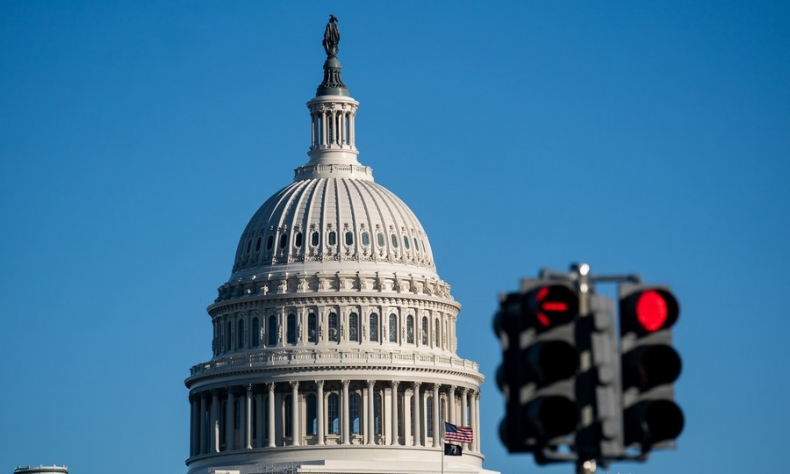Trumped Up Tariffs

Trump’s passionate and oft-repeated declarations of his admiration for tariffs as an economic panacea strongly suggest the fentanyl crisis is merely a convenient single stick with which to hit the nation’s three largest sources of imports.
U.S. President Donald Trump announced on February 1 that he would levy additional tariffs of between 10 and 25 percent on imports from China, Mexico and Canada. Chief on his list of rationale for the new tariffs were claims that the three are to blame for the fentanyl crisis that has been exacerbating the ongoing opioid crisis in the U.S. since 2012.
The threat of tariffs sent both Canada and Mexico scrambling, with both countries pledging thousands of additional staff to police their borders with the U.S., and Canadian Prime Minister Justin Trudeau promising to appoint a “fentanyl czar” and establish a “strike force.” In contrast, the tariffs coerced no new measures from China, which already implements stricter controls on fentanyl than those implemented by the U.S. itself.
China began placing strict controls on the production and export of fentanyl and its precursors in 2017. In May 2019, it became the first country in the world to place the entire class of fentanyl-type drugs under a controlled regulatory regime, even though there were no large-scale abuses of them in China. Measures under the regime include tight inspection and control of manufacturing, advertising and shipping of fentanyl and related products, and are undertaken specifically to assist the U.S. in addressing its opioid addiction problem.
But in the U.S., fentanyl production and use are not as strictly regulated. Accounting for 5 percent of the global population but consuming roughly 80 percent of its opioids, the U.S. is both the world’s biggest consumer and biggest producer of fentanyl. The U.S. pharmaceutical industry, driven by the pursuit of profits, promotes the legal use of fentanyl while opposing stricter regulations by marketing to doctors and lobbying government agencies.
Alongside this, the use of illicit fentanyl is a continuation of an opioid crisis that began in the 1990s, which in turn follows on from the drug crisis that sparked then president Ronald Regan’s “War on Drugs” in the 1980s. According to the Centers for Disease Control and Prevention of the United States, the number of deaths caused by opioid drugs in 2022 had tripled compared to 2012, with 70 percent of deaths involving fentanyl.
At U.S. request and in the spirit of cooperation, China is undertaking efforts to assist the U.S. in addressing its drug problem. In 2024, the two countries established a working group for anti-drug cooperation, which has achieved progress in the areas of scheduling of drug-related substances, intelligence sharing and cooperation in individual cases.
According to reports of the U.S. Customs and Border Protection and other drug law enforcement departments, since May 2019, the U.S. has not reported seizure of fentanyl-related substances from China. Following on from this success, China continues to undertake exceptional efforts to prevent fentanyl precursors from reaching all criminal organizations, including those targeting the U.S. via Mexico and Canada.
Trump’s passionate and oft-repeated declarations of his admiration for tariffs as an economic panacea strongly suggest the fentanyl crisis is merely a convenient single stick with which to hit the nation’s three largest sources of imports.
China’s position is that the tariffs not only hurt China-U.S. trade and therefore the two nations’ economies, but also undermine bilateral cooperation in the field of drug control. Spokesperson for the Ministry of Foreign Affairs Lin Jian said on February 5 that China firmly deplores and opposes the tariffs and has taken necessary measures to defend its legitimate rights and interests. Lin added reducing the domestic demand for drugs and enhancing law enforcement cooperation should be the fundamental solution to the U.S. fentanyl crisis.
 Facebook
Facebook
 Twitter
Twitter
 Linkedin
Linkedin
 Google +
Google +










